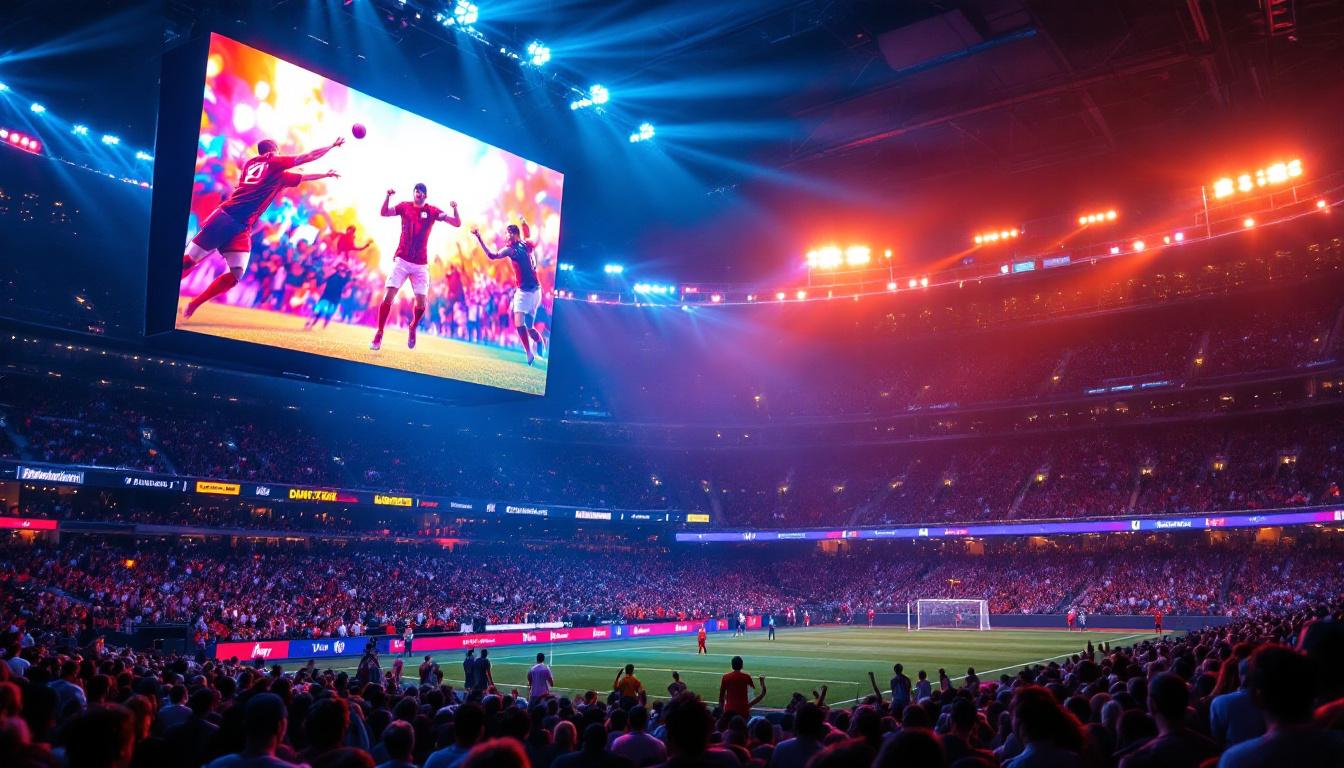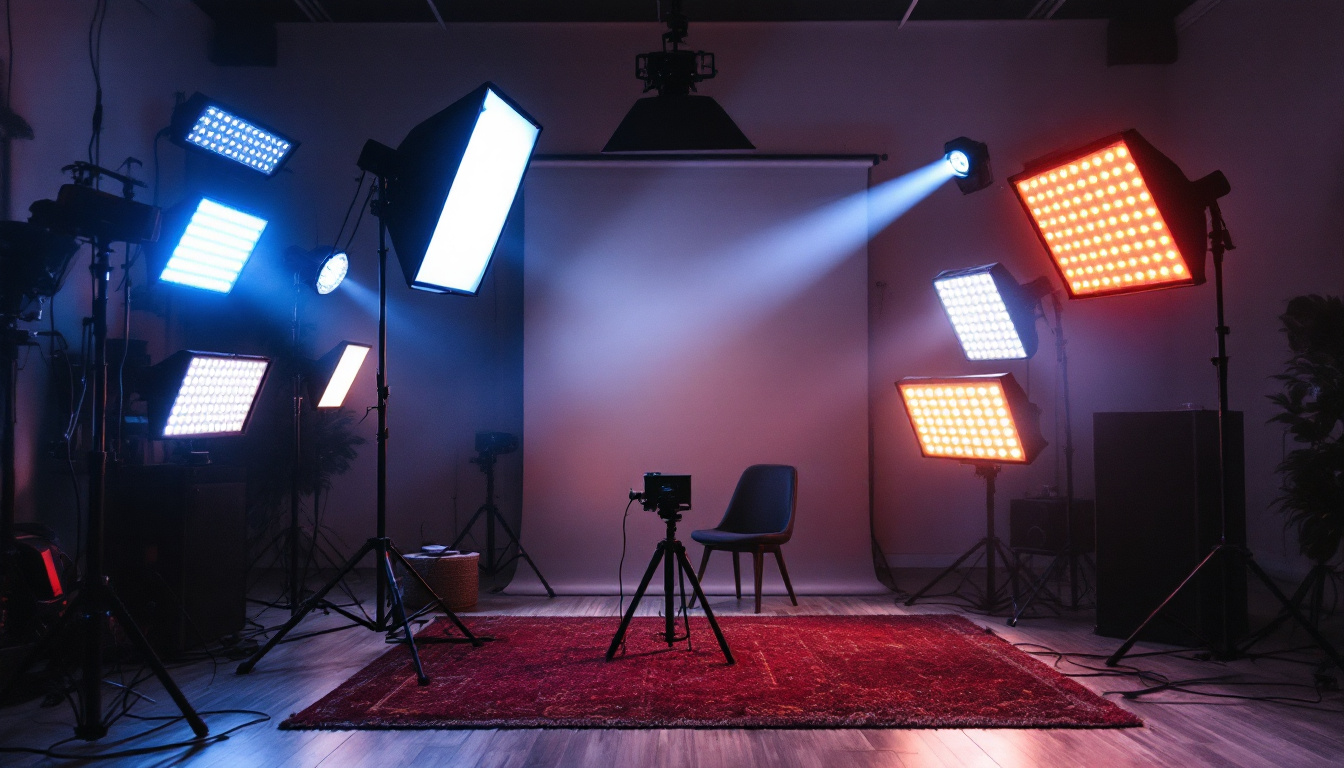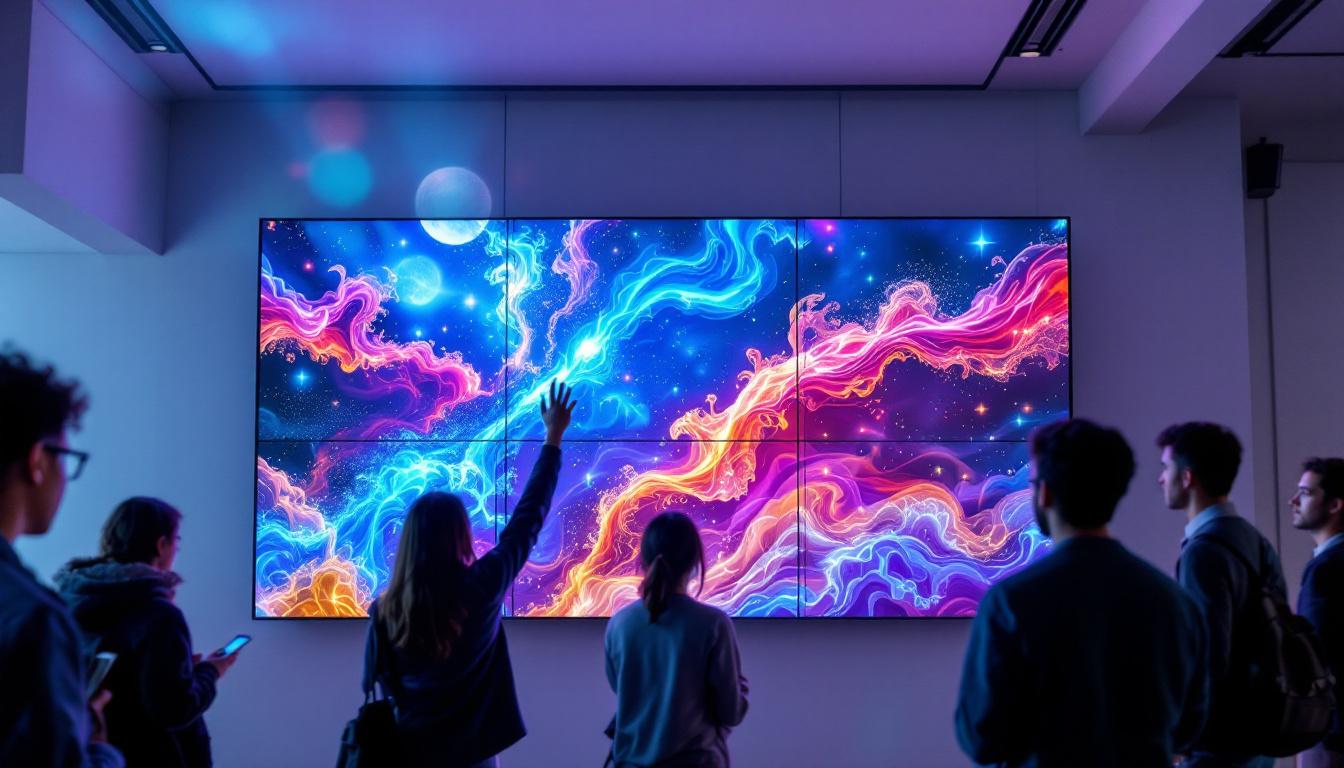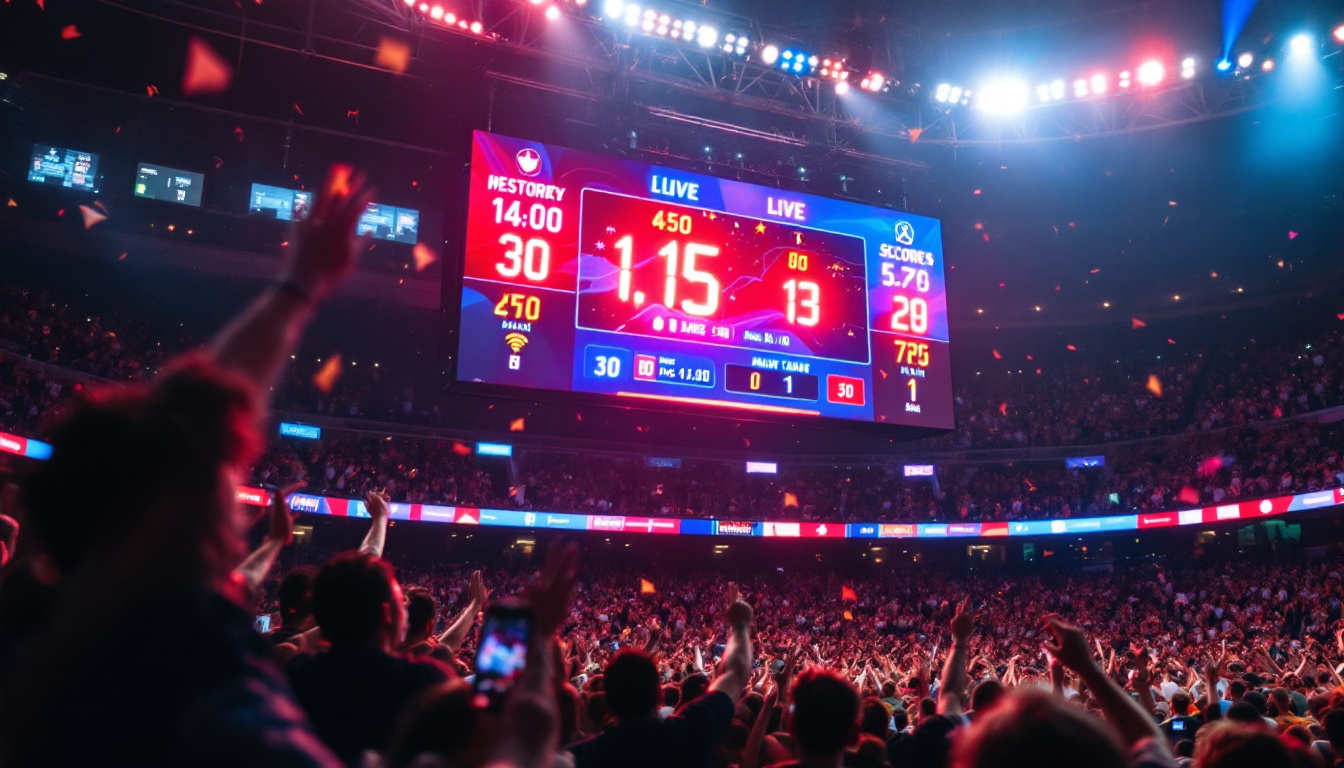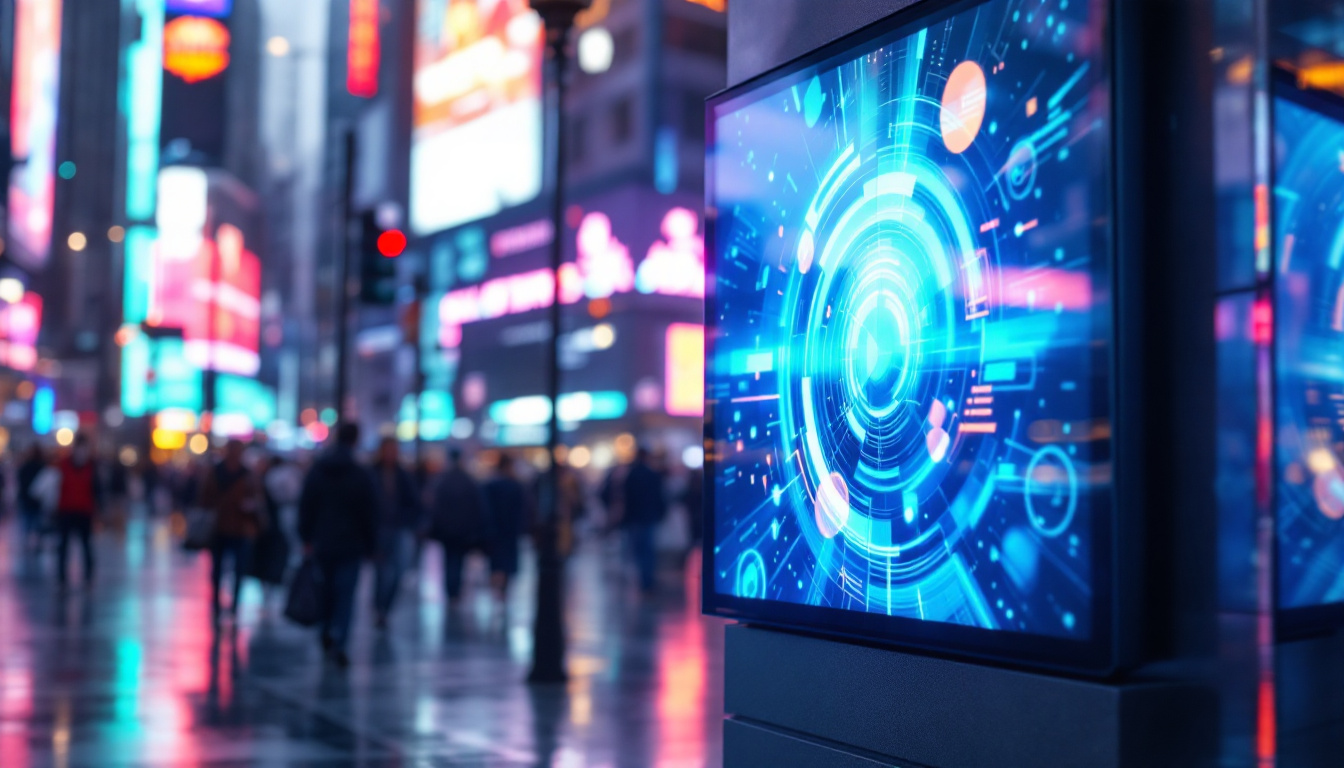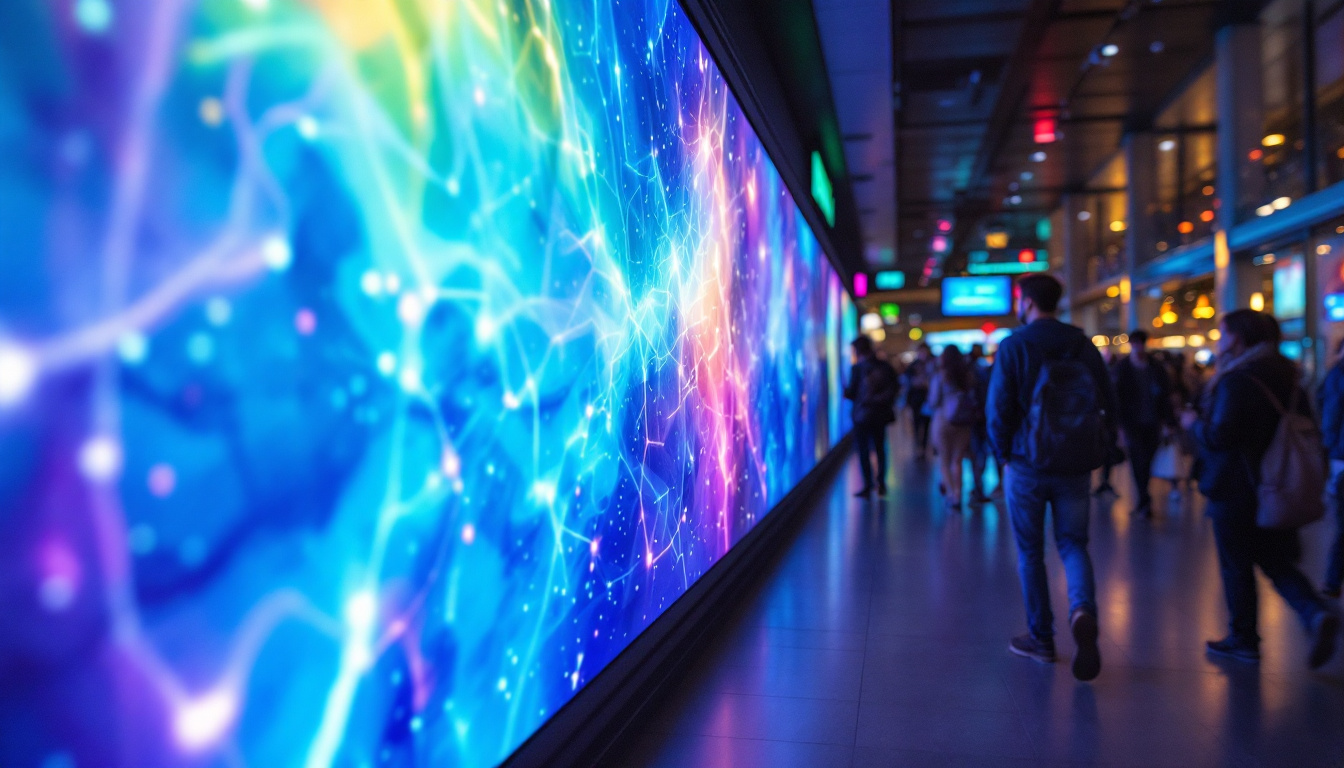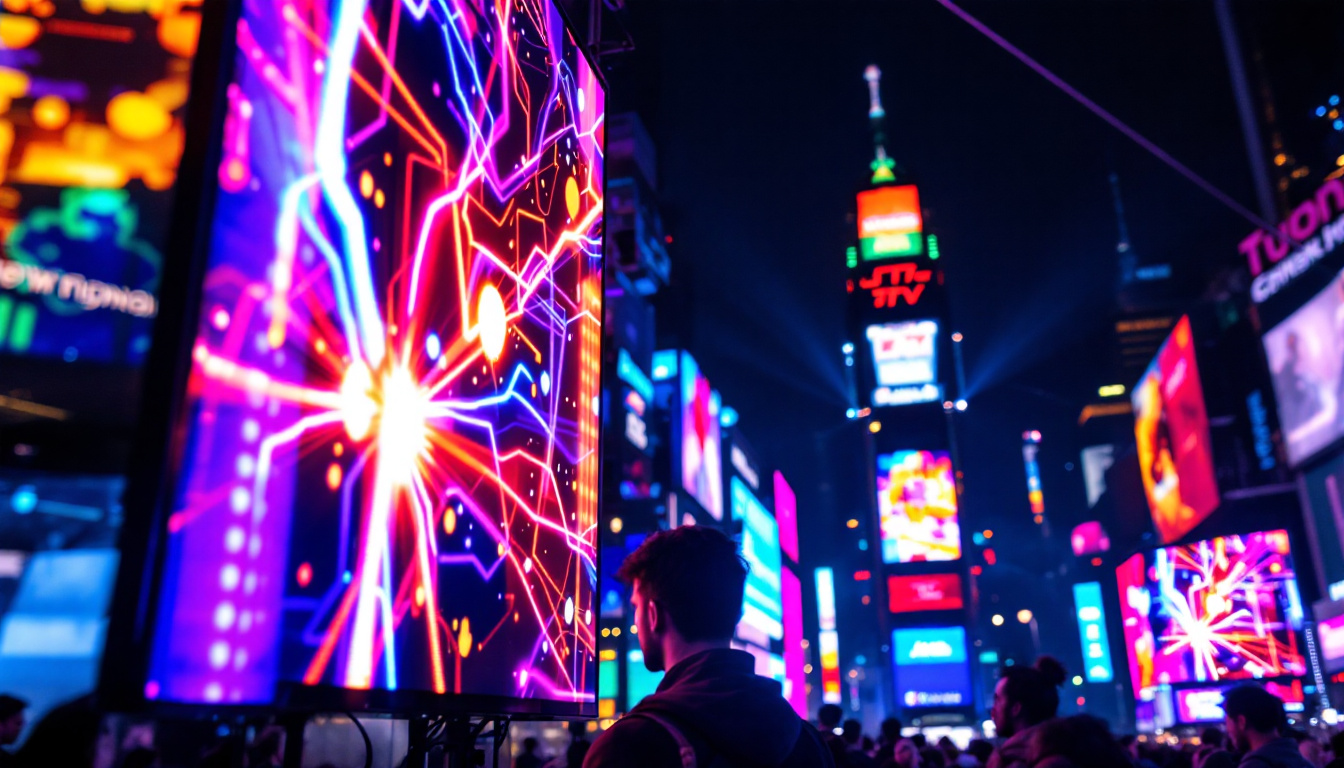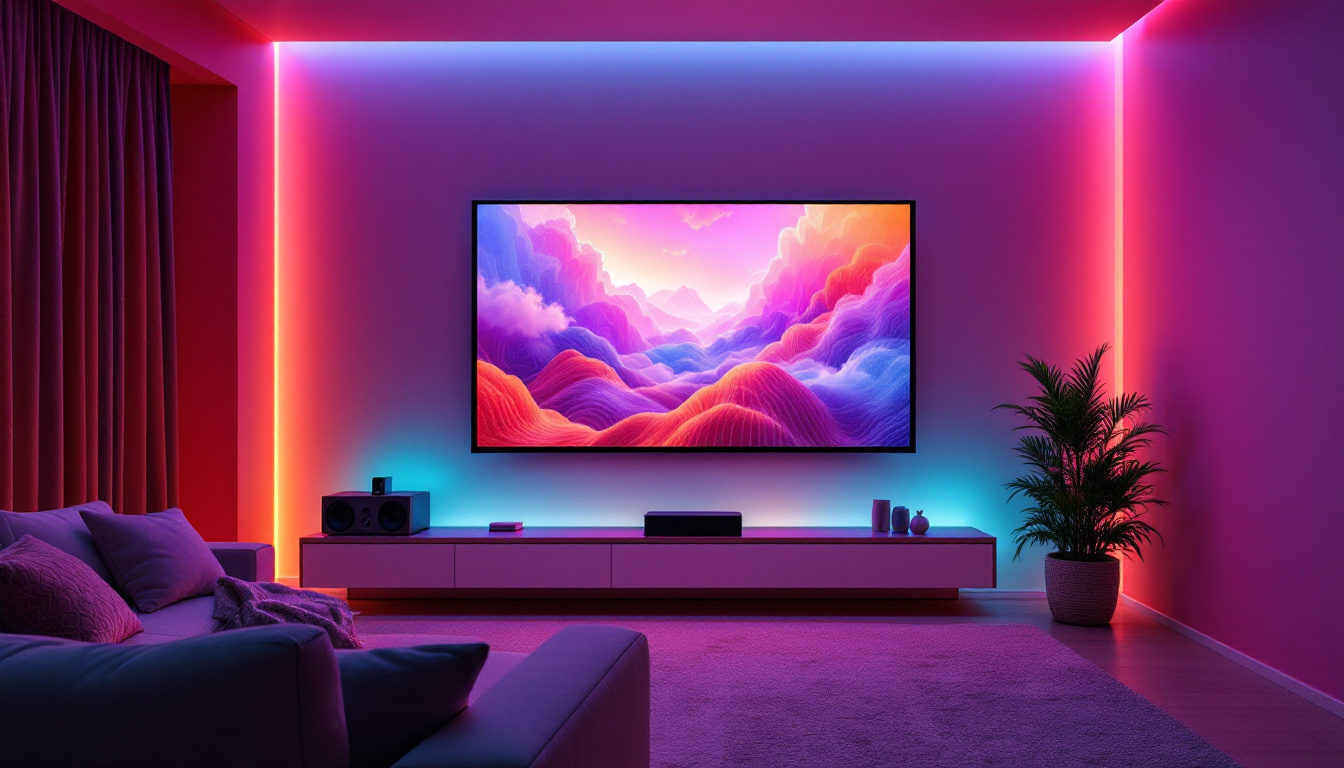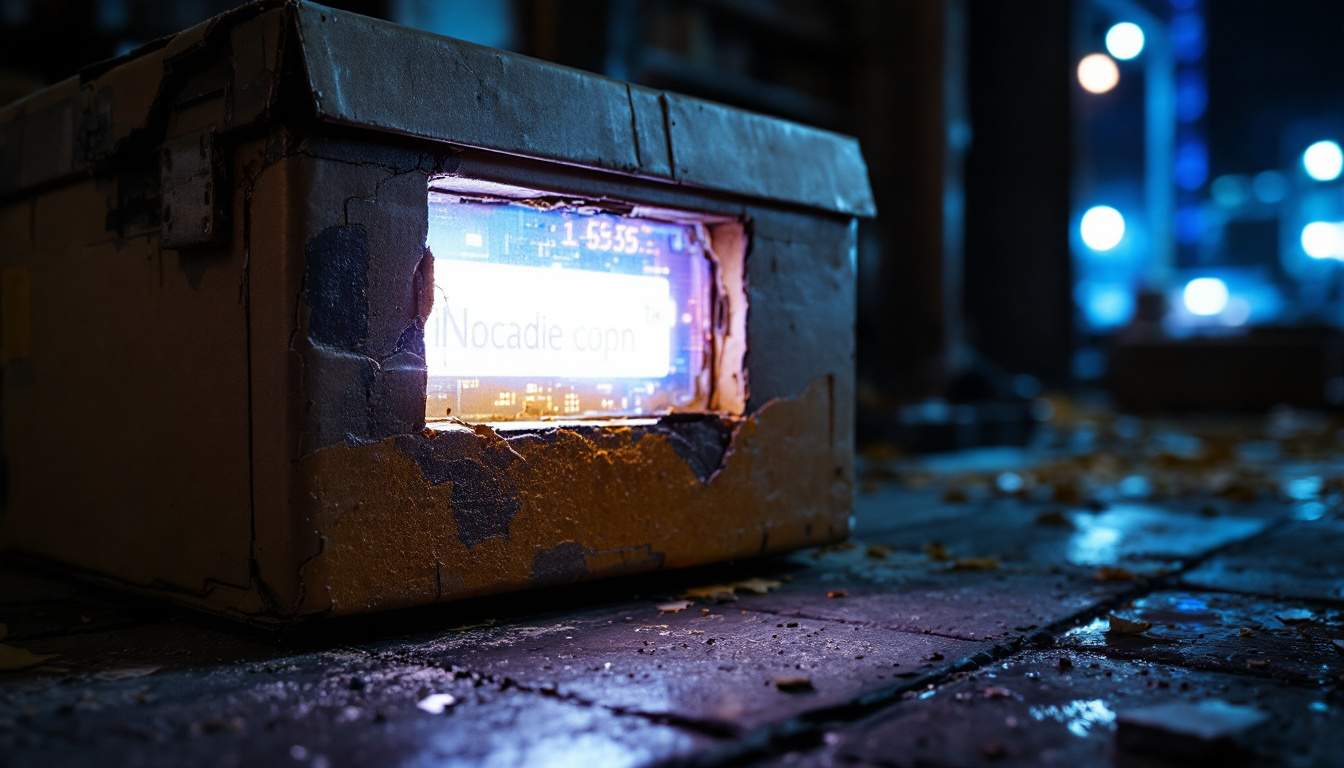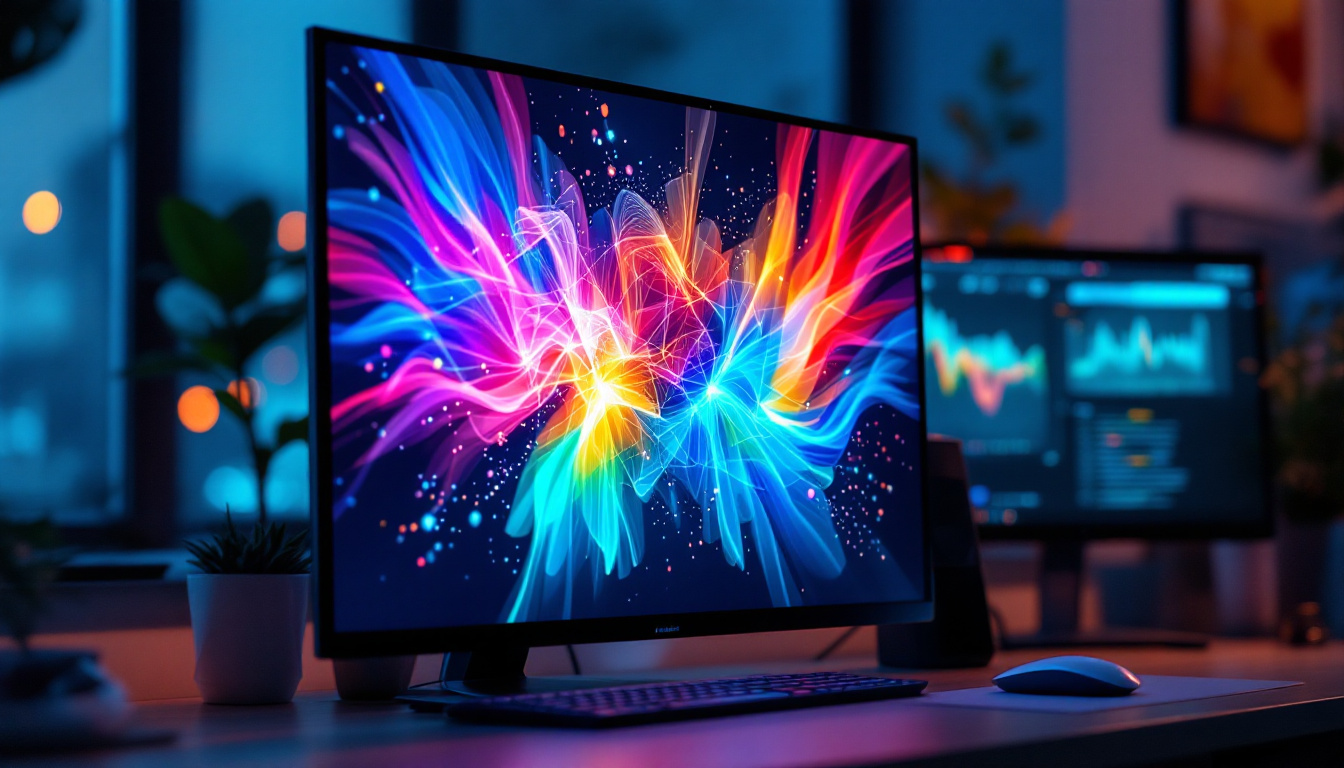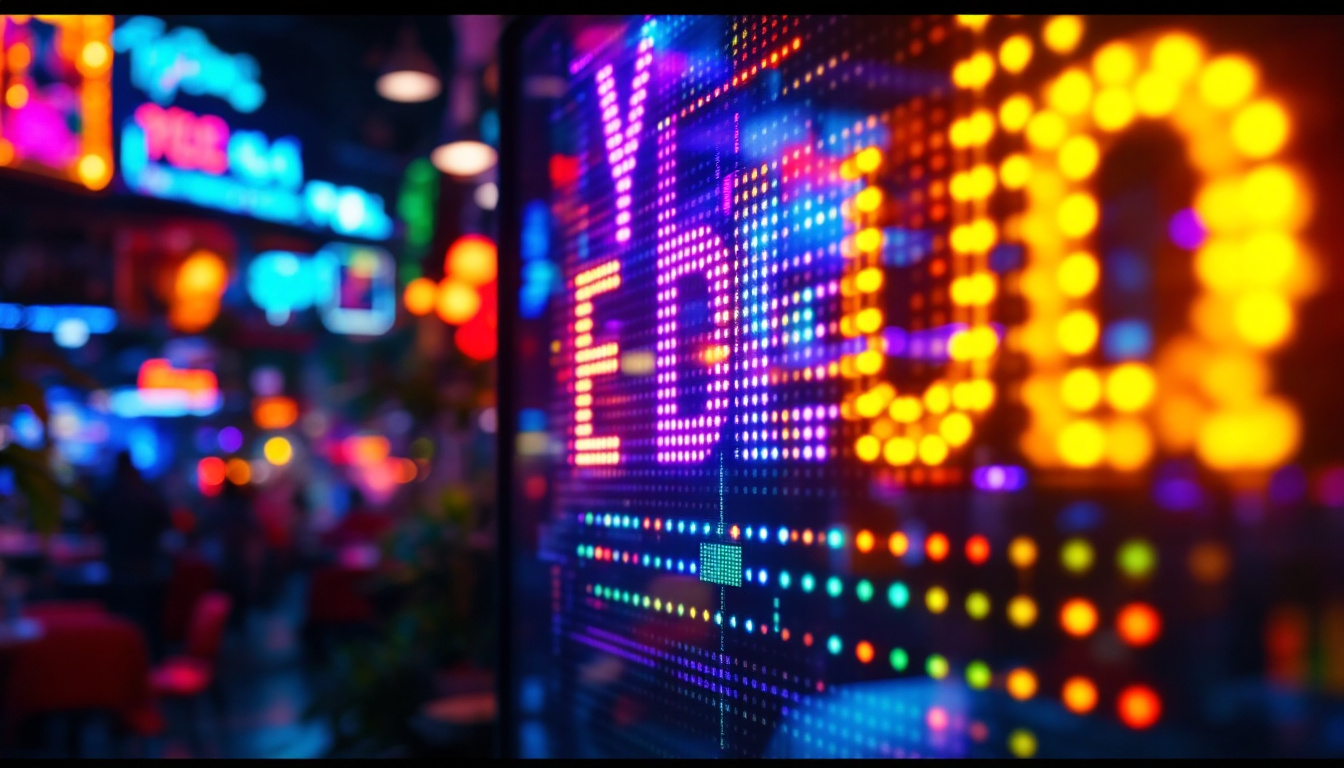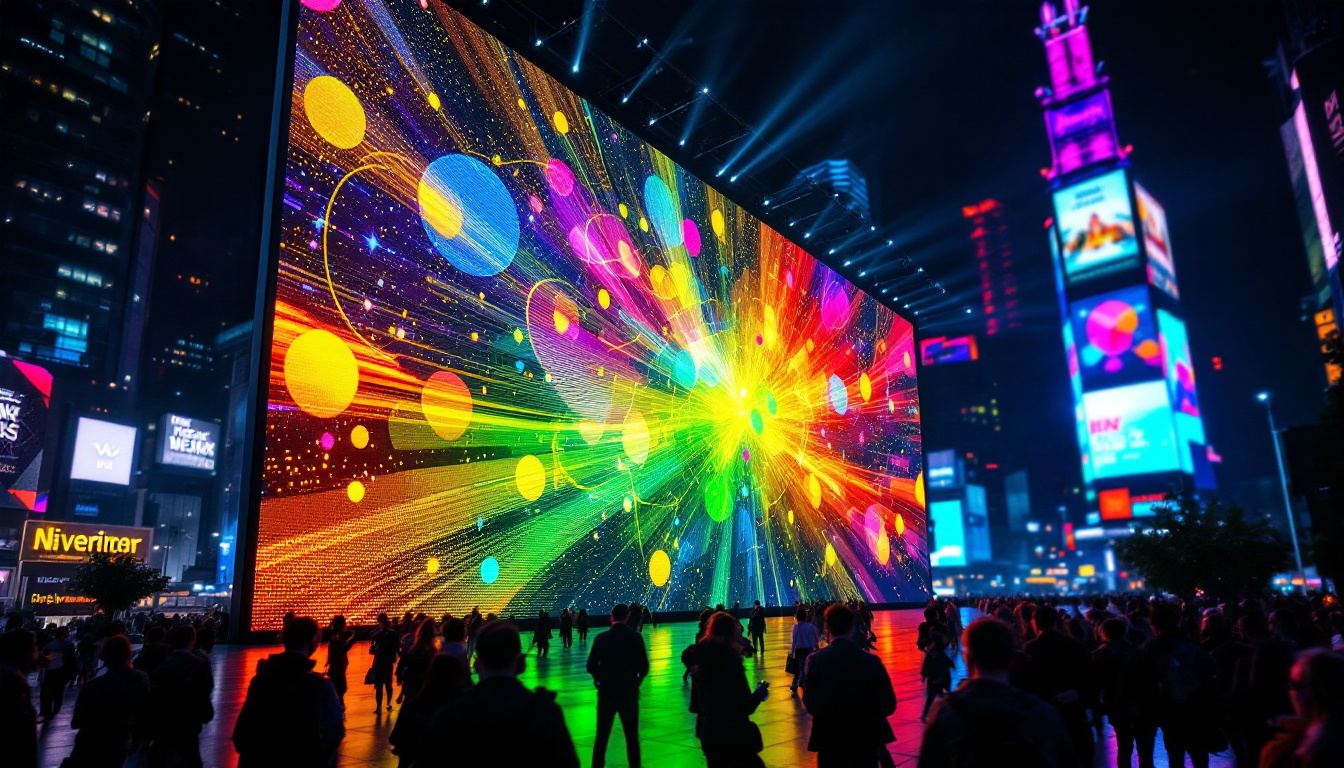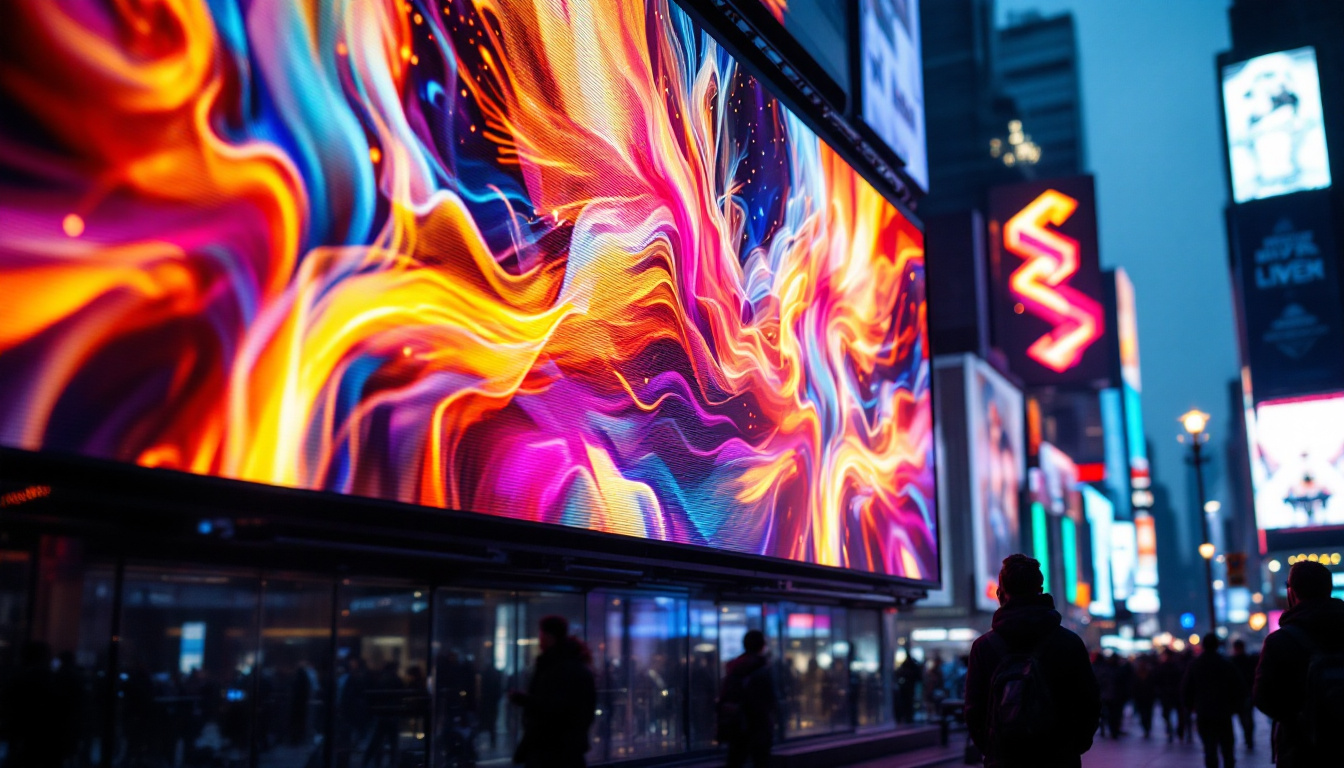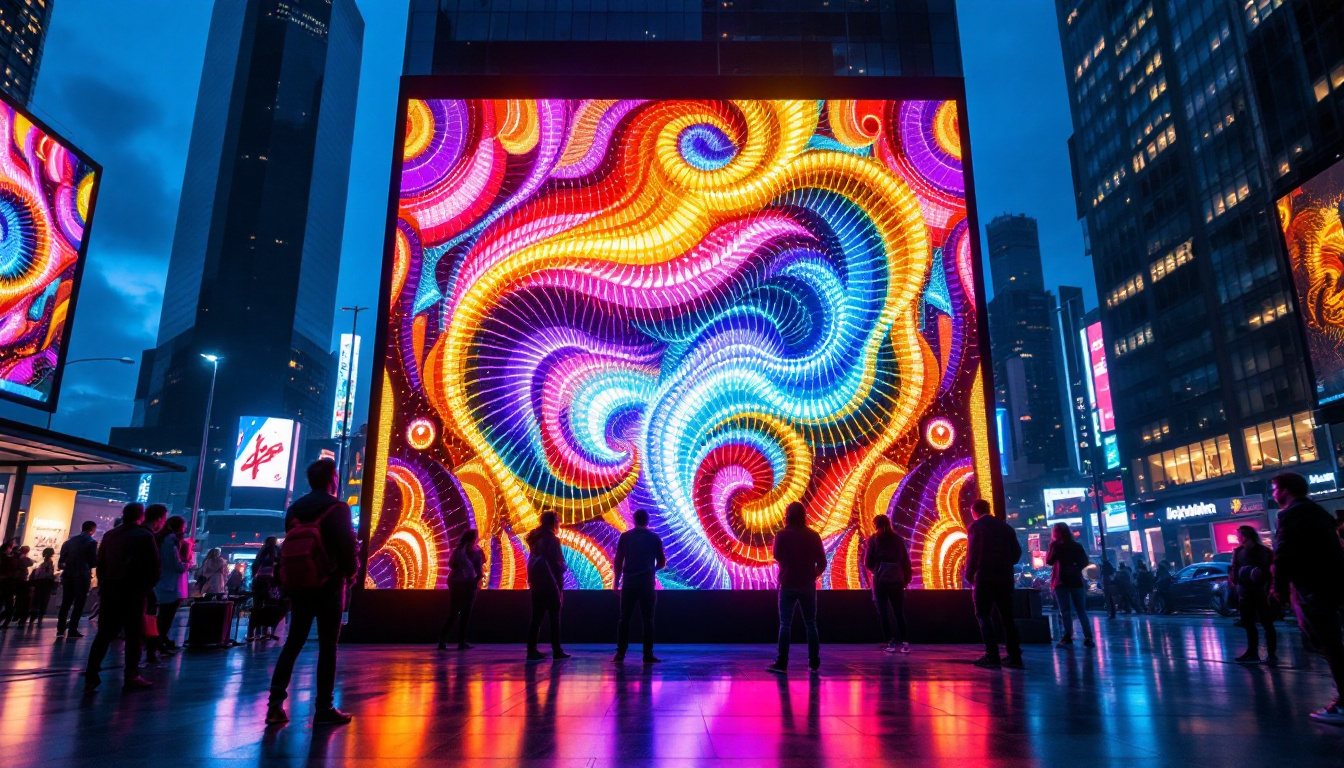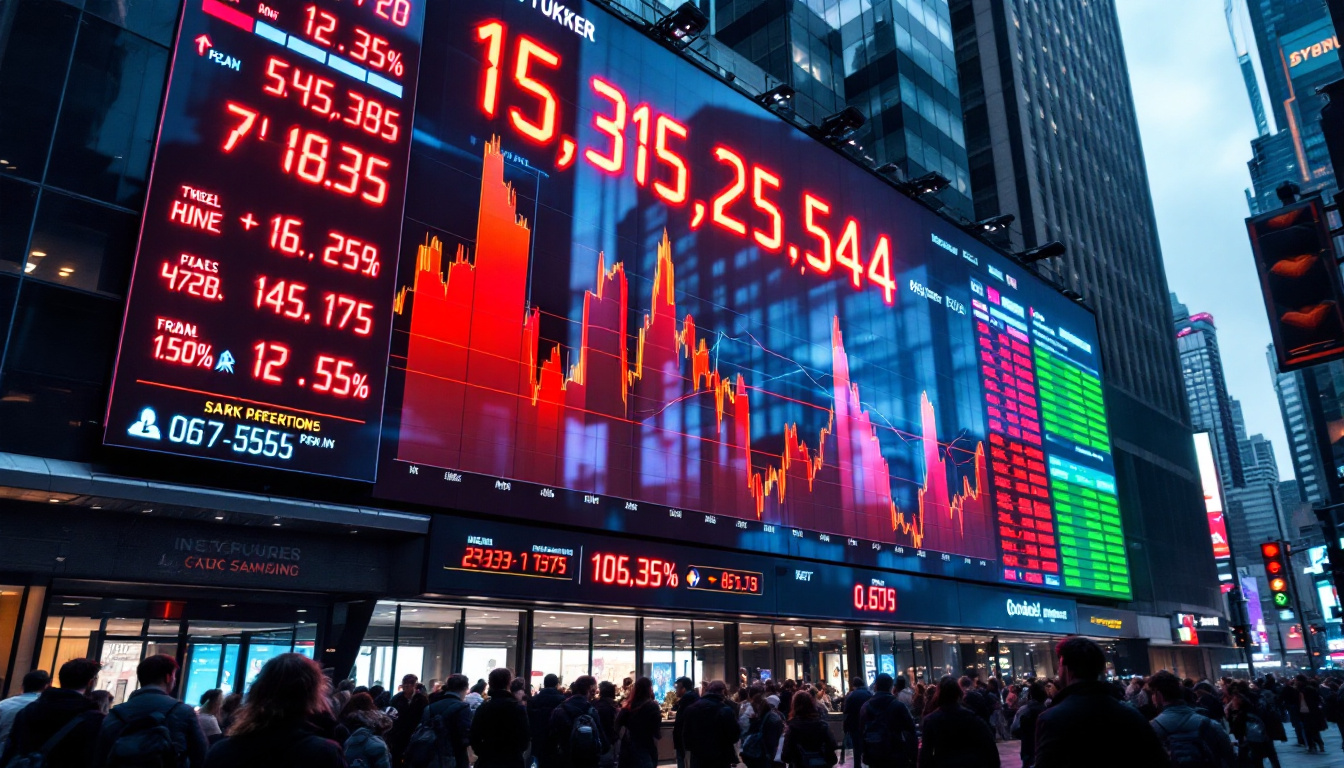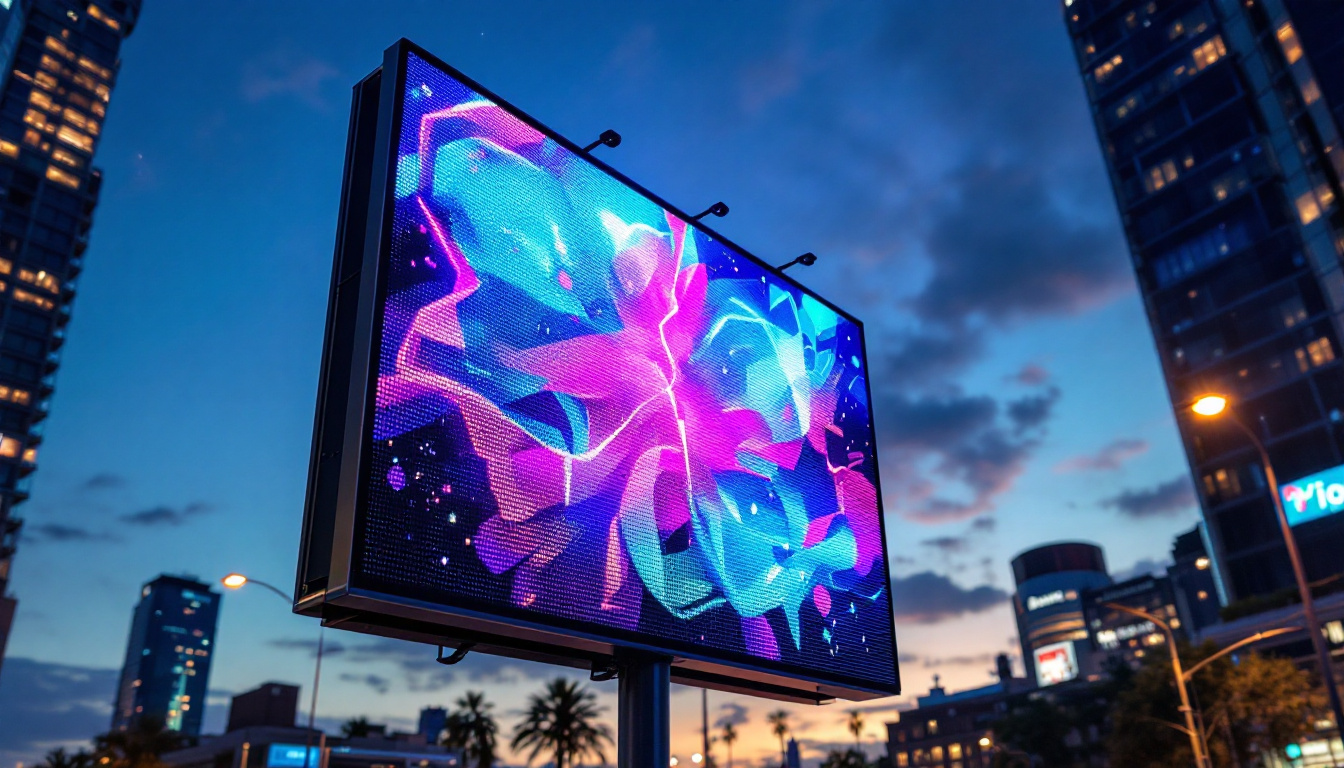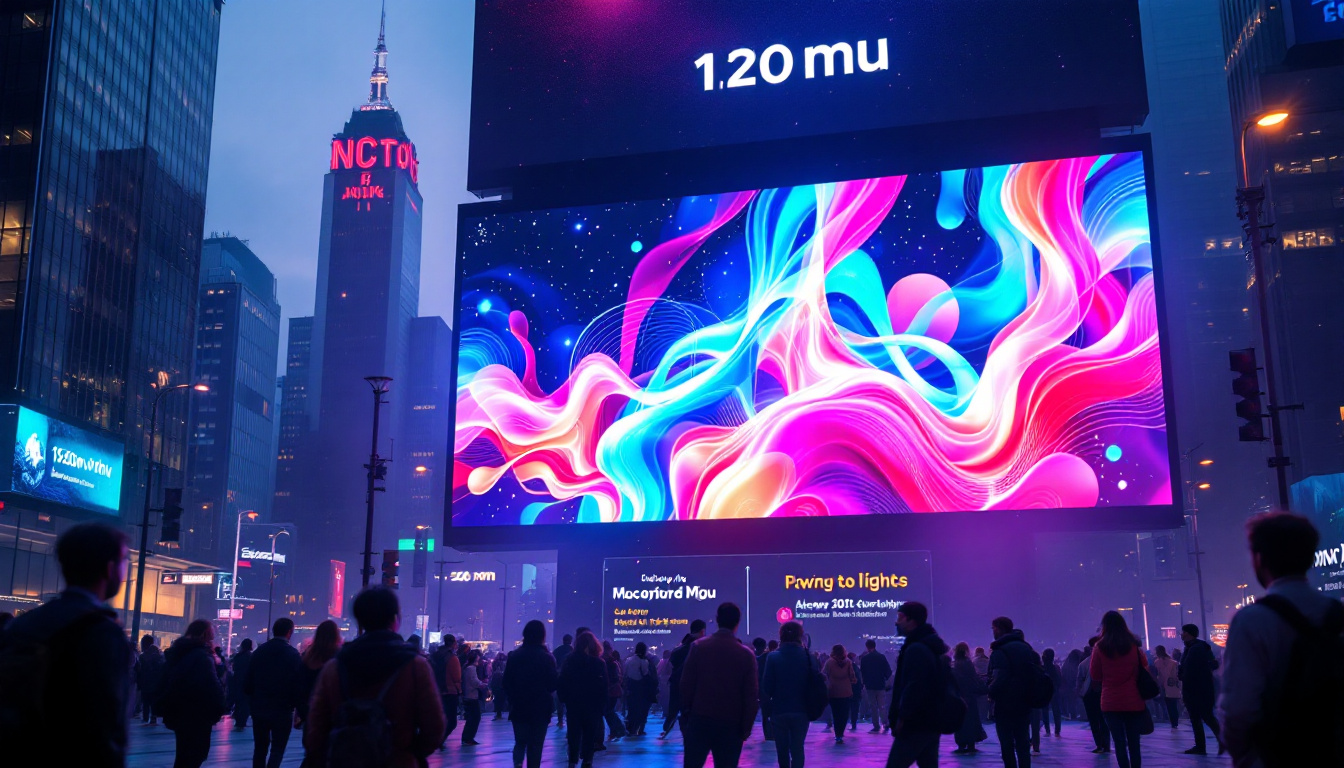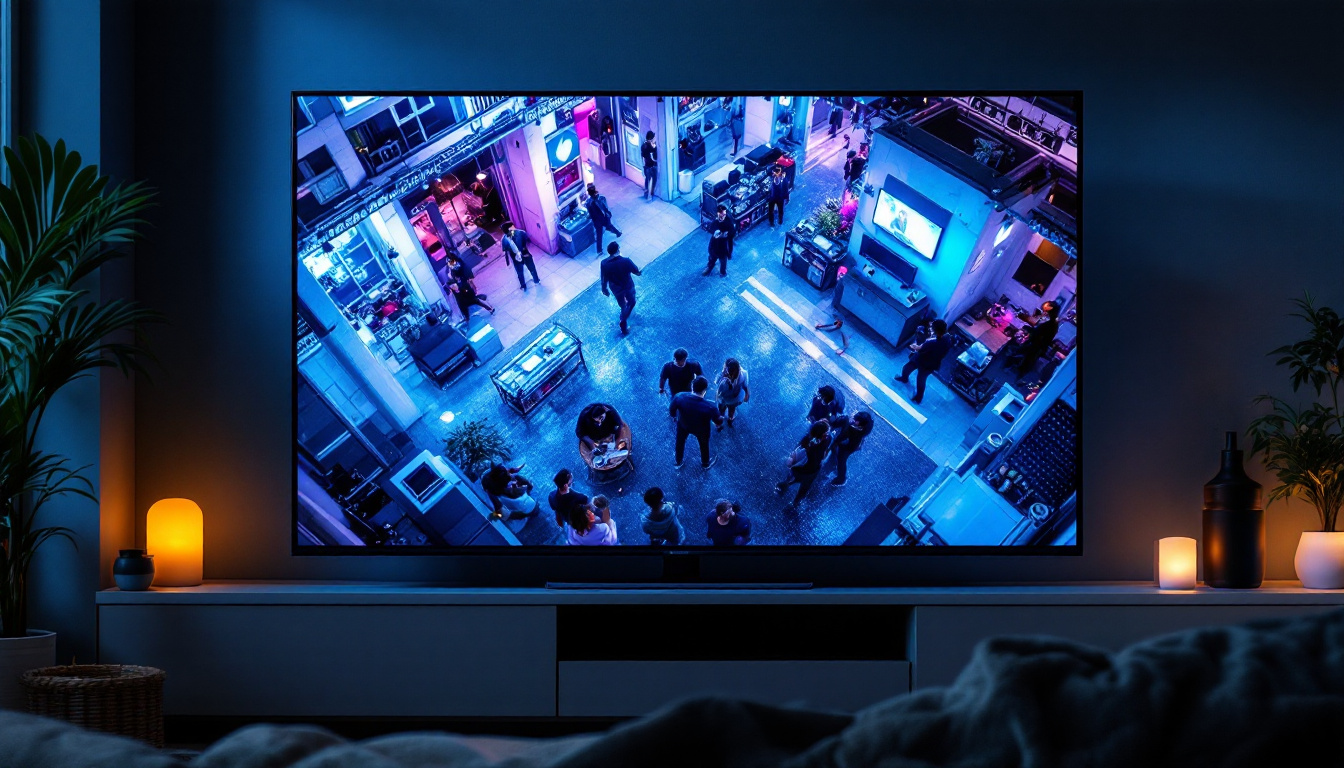In the dynamic world of sports, visual technology plays a pivotal role in enhancing the fan experience, delivering real-time information, and creating immersive atmospheres. Among the various display technologies, LED screens have emerged as the gold standard for sports venues worldwide. From colossal stadium scoreboards to sideline advertising panels, LED displays are integral to modern sports events. This article delves into the technology behind sports LED screens, their advantages, applications, and future trends shaping the industry.
Understanding LED Display Technology
What is an LED Display?
LED, or Light Emitting Diode, displays consist of numerous tiny diodes that emit light when an electric current passes through them. Unlike traditional LCD or projection screens, LED displays generate their own light, allowing for brighter and more vibrant images. This self-illumination makes LED screens highly visible even in bright daylight, a crucial feature for outdoor sports arenas. The ability to produce high contrast ratios enhances the viewing experience, making colors appear more saturated and details more pronounced, which is particularly important during live sports events where every moment counts.
Sports LED screens are typically composed of modular panels that can be assembled into various sizes and shapes, offering flexibility for different venue requirements. Each panel contains a grid of LEDs arranged in pixels, which collectively form the images and videos displayed. This modularity not only allows for customization based on the specific needs of a venue but also facilitates easier maintenance and upgrades. If a panel fails, it can be quickly replaced without the need to dismantle the entire display, ensuring minimal downtime and uninterrupted viewing for fans.
Types of LEDs Used in Sports Screens
There are primarily two types of LEDs used in sports screens: surface-mounted device (SMD) LEDs and through-hole LEDs. SMD LEDs are smaller, allowing for higher pixel density and better image resolution, making them suitable for close viewing distances such as indoor arenas or press boxes. Through-hole LEDs, on the other hand, are larger and more robust, ideal for large outdoor screens where viewers are farther away. The choice between these types of LEDs can significantly impact the overall design and functionality of the display, as well as the viewer’s experience.
Pixel pitch, measured in millimeters, is a critical specification that defines the distance between the centers of two adjacent pixels. A smaller pixel pitch means higher resolution and sharper images. For example, a 2.5mm pixel pitch is common for indoor sports screens, while outdoor stadium screens often have a pixel pitch ranging from 6mm to 20mm, balancing visibility and cost. Additionally, advancements in technology have led to the development of ultra-fine pitch displays, which can achieve pixel pitches as low as 1mm, providing stunning clarity even at very close distances. This evolution in pixel technology not only enhances the visual experience but also opens up new possibilities for creative content delivery, such as immersive graphics and real-time statistics that engage the audience during events.
Advantages of LED Displays in Sports Venues
Superior Brightness and Visibility
One of the most significant advantages of LED displays is their exceptional brightness. Modern sports LED screens can reach brightness levels of 5,000 to 8,000 nits or more, ensuring clear visibility under direct sunlight. This capability is essential for outdoor stadiums where sunlight can wash out less bright displays, impacting the viewing experience.
Additionally, LED displays offer wide viewing angles, meaning fans seated anywhere in the stadium can enjoy clear and vibrant images without distortion or color shifts. This inclusivity enhances fan engagement and satisfaction. The ability to display high-definition graphics and animations also allows teams to create a more immersive atmosphere, drawing fans into the action and making them feel part of the event.
Durability and Weather Resistance
Sports venues expose LED screens to various environmental conditions, including rain, wind, dust, and extreme temperatures. LED displays designed for sports applications are built to withstand these challenges. They feature robust enclosures with IP65 or higher ratings, ensuring protection against water and dust ingress.
Moreover, LED modules are engineered to operate efficiently across a wide temperature range, from freezing winters to scorching summers. This durability reduces maintenance costs and downtime, making LED screens a reliable investment for sports facilities. The long lifespan of LED technology, often exceeding 100,000 hours, means that venues can enjoy years of reliable performance without the need for frequent replacements, further enhancing their value.
Flexibility and Customization
Another key benefit is the modular nature of LED displays. Stadium operators can customize screen sizes and shapes to fit unique architectural designs or specific event requirements. Curved, cylindrical, and even 3D LED screens are becoming increasingly popular, offering innovative ways to captivate audiences.
Furthermore, LED screens support dynamic content, including live game footage, instant replays, player statistics, advertisements, and interactive fan engagement features. This versatility transforms the screen from a mere scoreboard into a multi-functional entertainment hub. The integration of social media feeds and fan-generated content can also enhance the overall experience, allowing spectators to feel more connected to the event and each other. This interactive aspect not only keeps fans engaged during the game but also encourages them to share their experiences online, promoting the venue and the events held there.
Applications of LED Displays in Sports
Scoreboards and Game Information
Traditional scoreboards have evolved into sophisticated LED displays that provide real-time game updates, player stats, and multimedia content. For instance, the AT&T Stadium in Dallas features a 160-foot-wide center-hung LED screen, one of the largest in the world, delivering crystal-clear visuals to over 80,000 fans.
Such screens are essential for keeping spectators informed and engaged, especially in fast-paced sports like basketball, football, and soccer where game dynamics change rapidly.
Advertising and Sponsorship
LED displays have revolutionized sports advertising by enabling dynamic and targeted content. Unlike static banners, LED panels can cycle through multiple ads, display animated graphics, and even incorporate interactive elements. This flexibility increases advertising revenue for venues and sponsors alike.
For example, during the 2022 FIFA World Cup, LED perimeter boards showcased real-time sponsor messages tailored to different regions and languages, maximizing global brand exposure.
Fan Engagement and Entertainment
Beyond information and advertising, LED screens play a crucial role in fan engagement. They display crowd shots, social media feeds, interactive games, and entertainment segments during breaks. This keeps the energy high and fosters a sense of community among fans.
Many venues now integrate LED displays with mobile apps and augmented reality experiences, creating immersive environments that extend beyond the physical stadium.
Technical Considerations for Sports LED Screens
Resolution and Pixel Pitch
Choosing the right resolution and pixel pitch is vital to ensure the display meets the viewing distance and content requirements. For example, a screen with a 10mm pixel pitch is suitable for viewers seated 30 meters or more away, while a 3mm pitch is better for closer viewing.
Higher resolution screens provide sharper images but come at increased cost and power consumption. Venue managers must balance these factors based on budget and audience expectations.
Refresh Rate and Color Accuracy
Refresh rate, measured in Hertz (Hz), indicates how many times per second the screen updates its image. Higher refresh rates (above 3,000Hz) are crucial for sports broadcasts and live events to prevent flickering and ensure smooth motion, especially when filming for television.
Color accuracy and brightness uniformity are also essential for delivering vivid and consistent visuals across the entire screen surface, enhancing the overall viewing experience.
Installation and Maintenance
Installing large LED screens requires careful planning regarding structural support, power supply, and data connectivity. Many modern LED displays come with front and rear access for easy maintenance, minimizing disruption during events.
Routine maintenance includes cleaning, module replacement, and software updates to keep the screen operating at peak performance. Advances in remote monitoring technology now allow technicians to diagnose and fix issues without onsite visits, reducing downtime.
Future Trends in Sports LED Displays
MicroLED and MiniLED Technologies
Emerging technologies like MicroLED and MiniLED promise even greater brightness, contrast, and energy efficiency. MicroLEDs are smaller than traditional LEDs, allowing for ultra-high resolution and improved color performance, potentially transforming future sports screens into stunning visual masterpieces.
Integration with Augmented Reality (AR) and Virtual Reality (VR)
Sports venues are exploring ways to integrate LED displays with AR and VR to create interactive and immersive fan experiences. For example, AR overlays on LED screens can provide real-time player stats or tactical insights during live games, enhancing understanding and enjoyment.
Energy Efficiency and Sustainability
With increasing focus on sustainability, LED manufacturers are developing more energy-efficient products and recyclable materials. Sports venues are adopting green initiatives, including solar-powered LED displays and smart lighting controls, reducing environmental impact while maintaining high-quality visuals.
Conclusion
LED displays have become an indispensable element of modern sports venues, elevating the spectator experience through vibrant visuals, real-time information, and interactive content. Their superior brightness, durability, and flexibility make them ideal for the demanding environments of sports arenas. As technology continues to advance, the future of sports LED screens looks bright, promising even more immersive and engaging experiences for fans worldwide.
For venue operators, advertisers, and sports organizations, understanding the nuances of LED display technology is essential to making informed decisions that maximize impact and return on investment. Whether it’s a giant stadium scoreboard or a sleek indoor display, LED screens are at the heart of sports entertainment innovation.
Explore Cutting-Edge LED Display Solutions
Ready to elevate your sports venue with the latest in LED technology? LumenMatrix is at the forefront of innovation, offering a wide range of LED display solutions tailored to your needs. From vibrant Indoor LED Walls to expansive Outdoor LED Displays, and from dynamic Vehicle LED Displays to sleek LED Poster Displays, our products are designed to captivate and engage your audience. Discover how LumenMatrix’s LED Sports Displays and other custom solutions can transform your space and enhance the fan experience. Check out LumenMatrix LED Display Solutions today and take the first step towards revolutionizing your visual communication.

